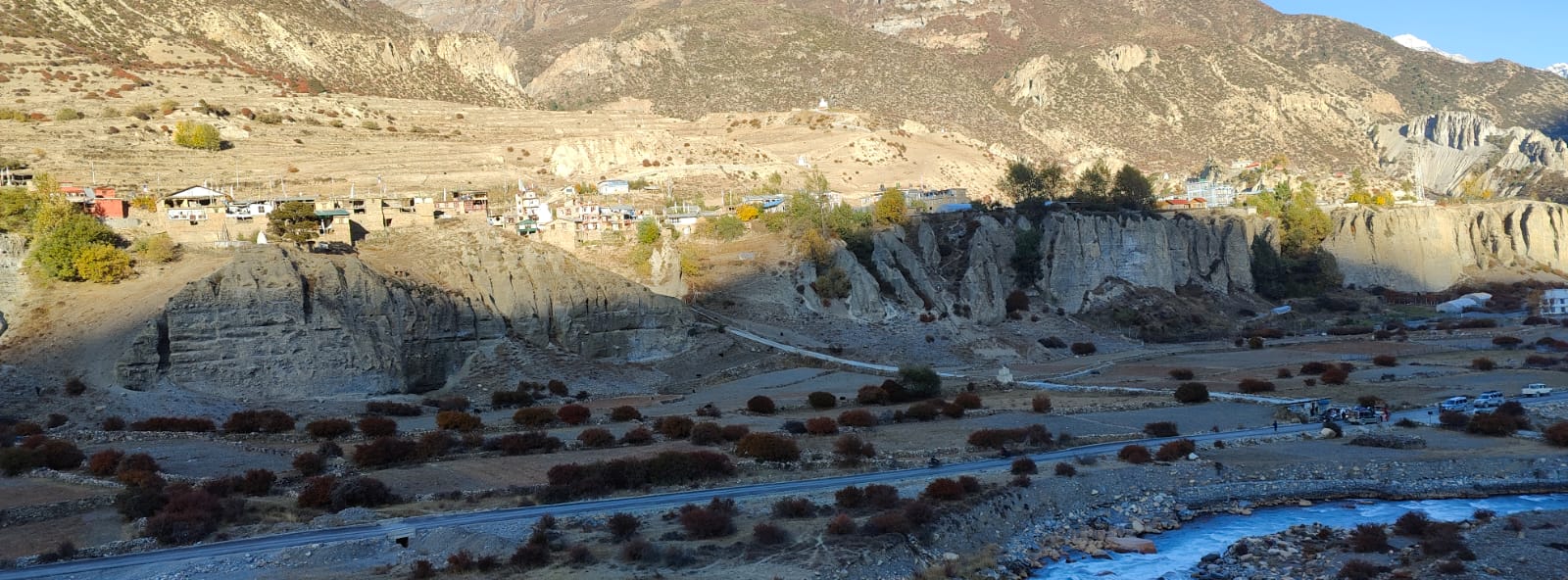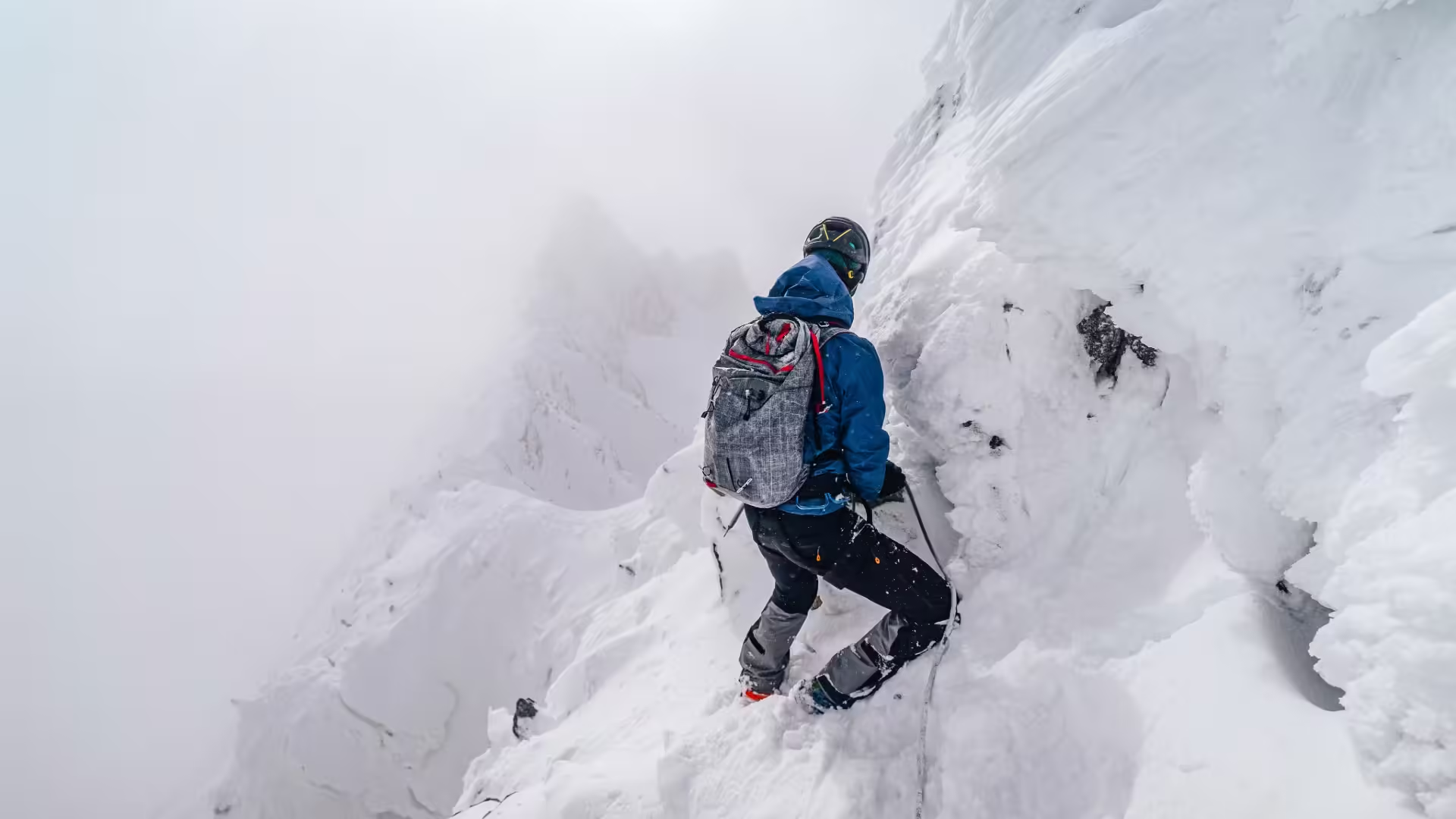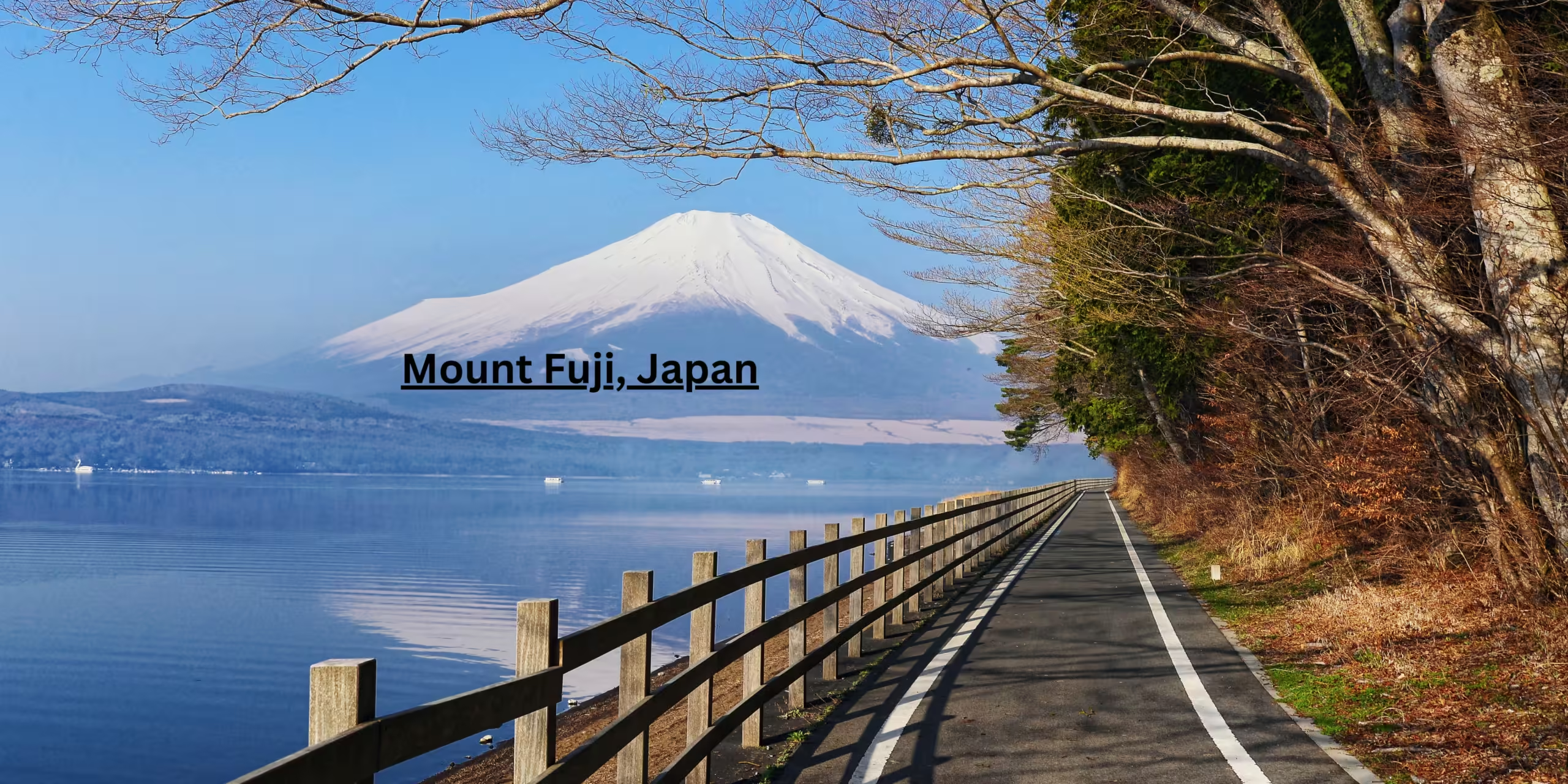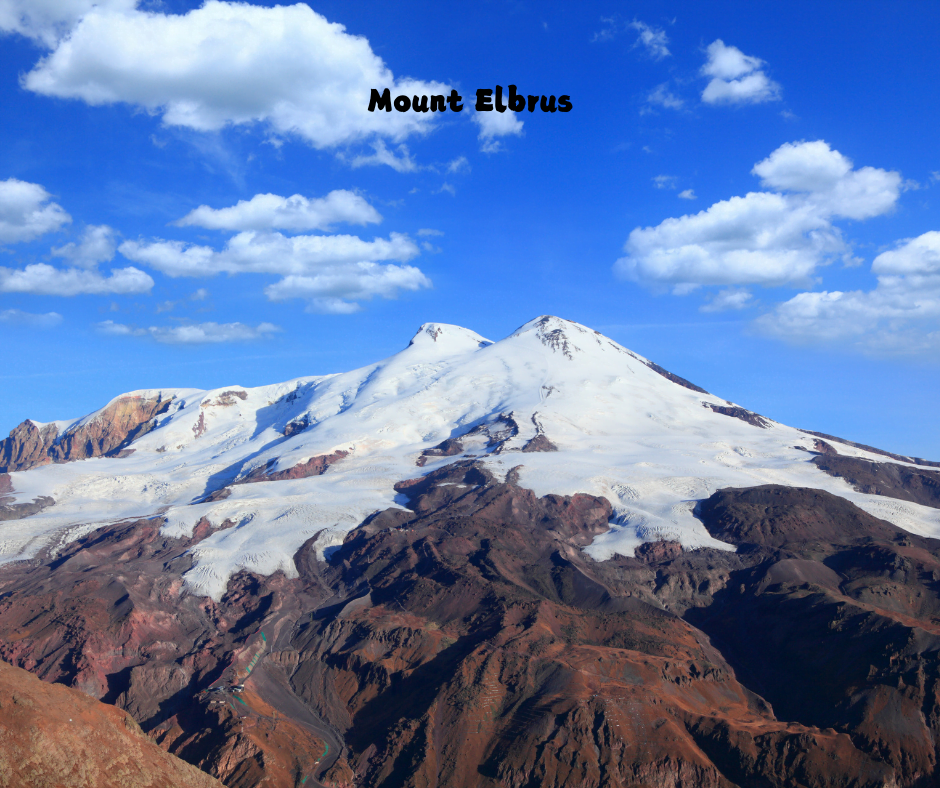Discover Manang Valley – Nepal’s Alpine Gem
Nestled high in the Himalayas, the Manang Valley in Nepal is a breathtaking blend of high-altitude landscapes, Tibetan-influenced culture and adventure. As of 2025, for travellers who want a cost-efficient itinerary with rich experience, Manang is a superb pick. Below is a guide to help you plan your trip: what to expect, how to get there, sample itinerary (5–7 days and 10–12 days versions) and a breakdown of realistic costs.
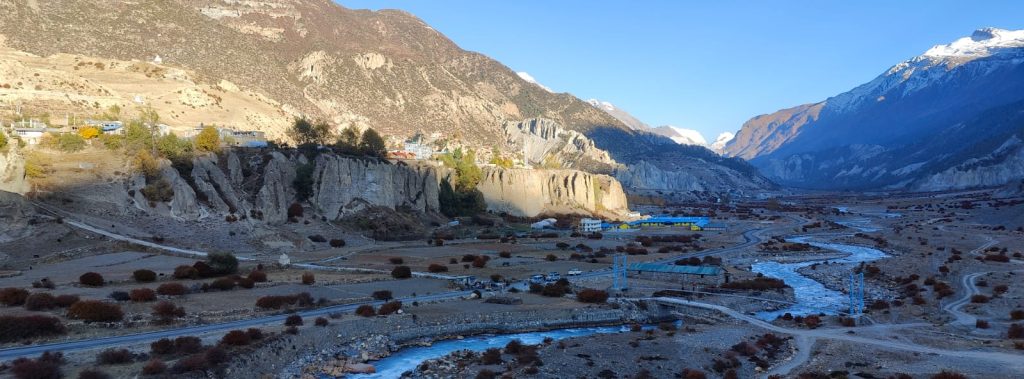
Why visit Manang?
- The valley lies within the Annapurna Conservation Area (ACAP) and offers spectacular views of peaks like Annapurna II, Annapurna III, Gangapurna and many more.
- It’s culturally rich: the local “Manangi” community, Buddhist monasteries such as Braga Monastery, prayer flags, and stone houses make it more than just a trekking stop.
- Because it sits in the rain-shadow of the Annapurna range, the valley is relatively dry and clear, giving excellent views.
- It is a key acclimatization hub on the famous Annapurna Circuit trek: great for shorter visits or side-trips.
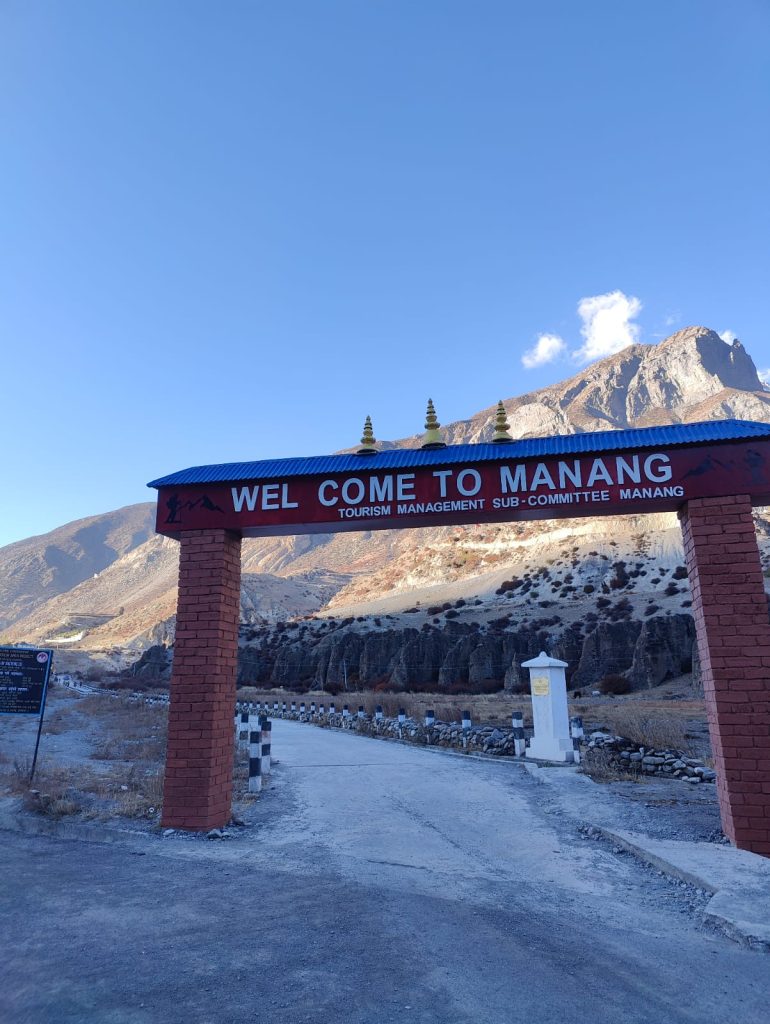
Getting there & basic info
- The main settlement is at around 3,500 m altitude.
- Access: From Kathmandu or Pokhara you’ll travel by road (bus/jeep) to Besisahar/Chame and then onwards; or trek in.
- Permits etc: Because it lies in ACAP, you’ll likely need the ACAP permit + the district local permit. The independent backpacker daily cost in Manang is estimated around USD 20-60/day (without guide) in 2025.
- Best seasons: Spring (March-May) and autumn (Sept-Nov) for good weather and clear views.
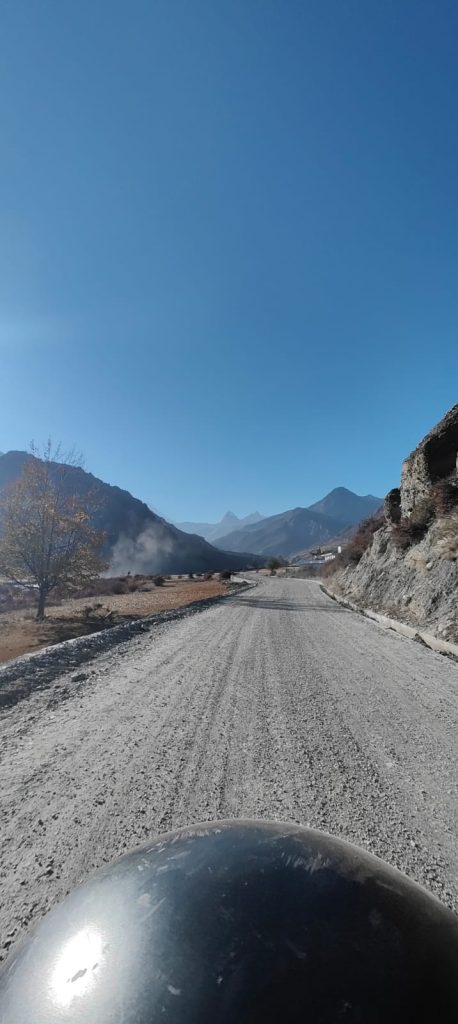
Sample Itinerary — Budget & Efficient
Option A: 5-7 day quick trip
Day 1: Depart Kathmandu early morning → drive to Besisahar → continue to Chame or further if road condition allows.
Day 2: Chame → Dhikurpokhari/Pisang area (trek/jeep)
Day 3: Reach Manang village. Acclimatization day: explore village, visit Braga Monastery, local museum or short hike to viewpoints.
Day 4: Side excursion: hike to Ice Lake (Kicho Tal) or Gangapurna glacier viewpoint, or Milarepa Cave.
Day 5: Return: manang → Chame/Besisahar → drive back to Pokhara or Kathmandu.
Day 6-7 (optional): Extend to Tilicho Lake day trek (very early start) or simply spend extra rest day in Manang.
Option B: 10-12 day moderate trek & culture
Day 1-2: Kathmandu → Besisahar → Timang → trek to Chame/Upper Pisang.
Day 3-4: Trek via Pisang → Nawal → Manang.
Day 5: Acclimatization in Manang: explore Bradga, Ngawal, local villages.
Day 6-7: Side-trip to Ice Lake/Kicho Tal, or if fit continue circuit towards Thorong La pass region.
Day 8-9: Return via Manang → Pisang → Chame.
Day 10-12: Drive back Besisahar → Pokhara/Kathmandu, or detour to local villages (Nar/Phu) if you have more time.
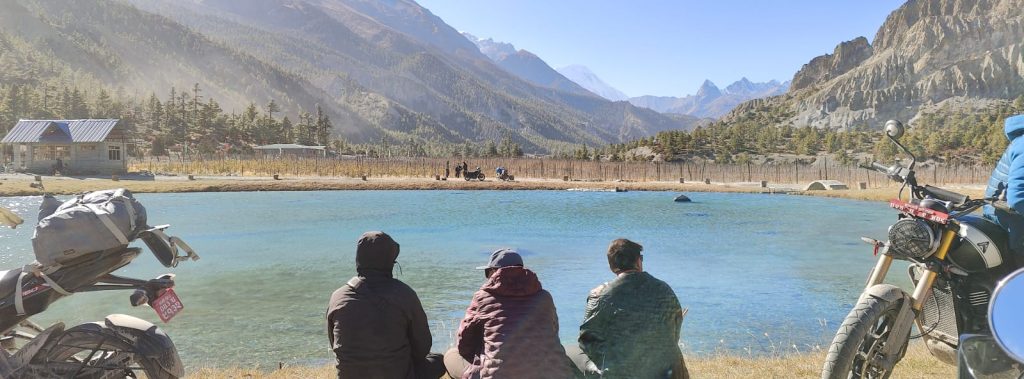
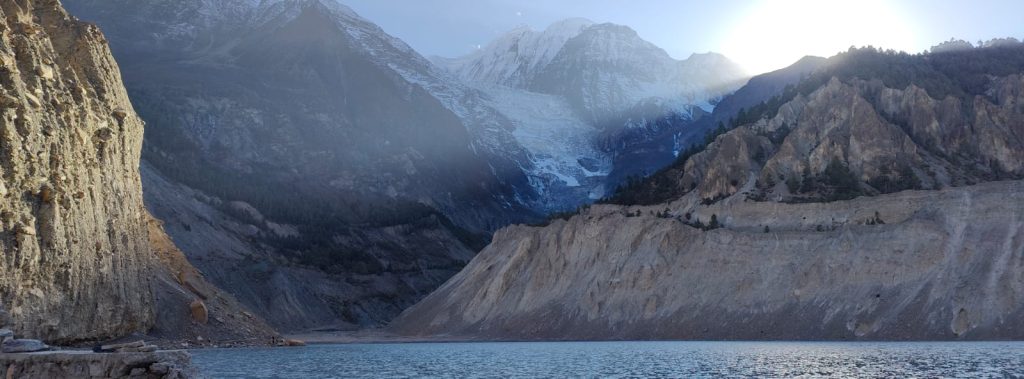
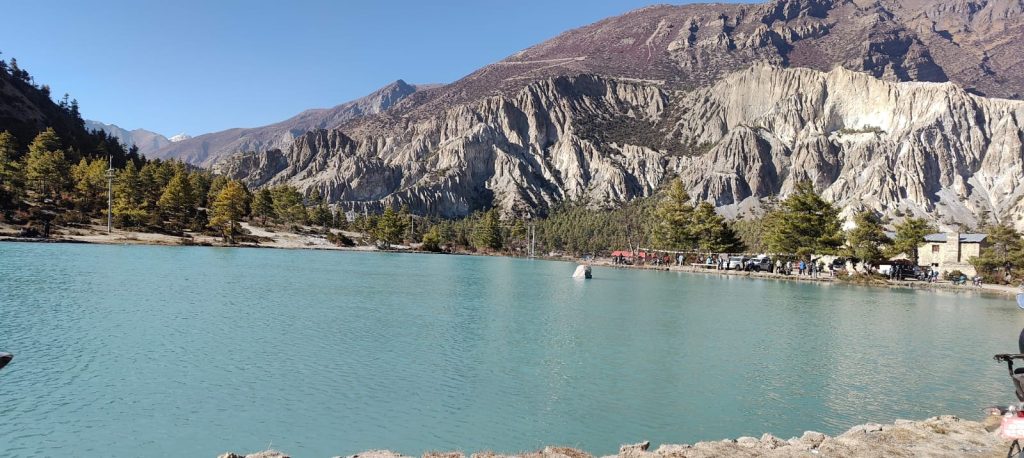
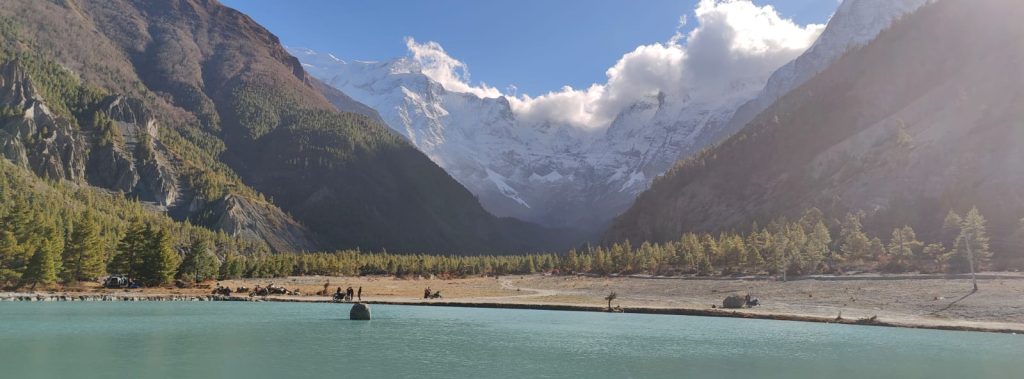
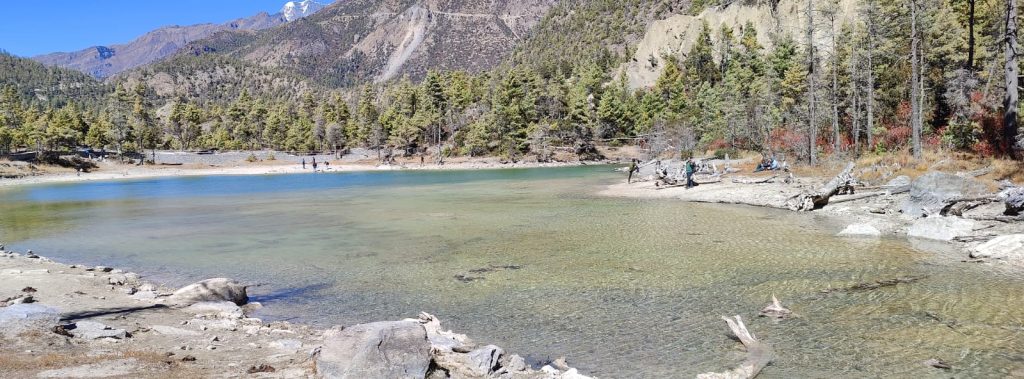
Cost-Efficient Budget Estimate (2025)
Here’s how you can budget for a moderate but efficient trip.
Major cost categories (USD):
- Permits & entry fees: Manang/ACAP region permit approx USD 30-40 one-time.
- Accommodation & food: For independent traveller: ~ USD 20-60/day (basic teahouses, dal bhat meals) in Manang region.
- Transport: Shared jeep or bus from Kathmandu/Pokhara to Manang region. Approx USD 10-25 for local ride once in the valley.
- Guided services: If you choose to hire a guide it may cost ~ USD 25-40/day.
- Side-costs: Hot shower USD 2-5, charging phone USD 1-3, bottled water etc.
Sample budget for 6 days (independent, minimal guide):
- Permits: ~ USD 35
- Accommodation + meals: 6 days × USD 30/day = USD 180
- Transport (in-valley & to/from): USD 30-50
- Incidentals: USD 30
Estimated total: ~ USD 300-350 (~NPR 40,000-50,000)
If moderate comfort (private room, occasional guide):
- Add guide for 4 days × USD 30 = USD 120
- Upgrade lodging/ meals = USD 45/day × 6 days = USD 270
Total ~ USD 400-500.
Tour operator 5-day Manang tour quotes around USD 550 as per recent listing.
Money-saving tips
- Use local guesthouses / teahouses rather than luxury lodges.
- Eat local “dal bhat” meals rather than imported/Western dishes.
- Charge phones/devices early when electricity is cheaper; higher-altitude places charge more.
- Travel off-peak (late autumn or spring) may yield better deals.
- If you’re fit and comfortable, minimize reliance on guides/porters — though for high-altitude safety a guide is advisable.
- Choose public/shared jeep rather than private vehicle for transport.
- Bring cold-weather gear and proper boots so you don’t need to rent at premium prices.
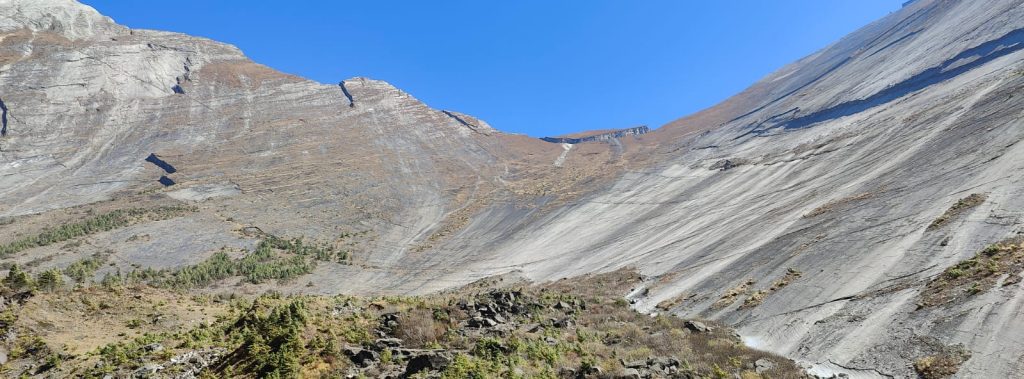
Things to know / Important considerations
- Altitude: Starting at ~3,500 m, you must allow for acclimatization. Stay extra rest day in Manang to avoid altitude sickness.
- Weather & terrain: The valley is semi-arid but at high altitudes conditions can change quickly; warm layers, waterproof gear recommended.
- Solo trekking policy: Note that in Nepal, solo independent trekking in some regions may have restrictions; hiring a guide often mandatory.
- Permits & regulations: Always check latest permit rules for ACAP, TIMS etc.
- Respect culture: The Manangi people have Tibetan-Buddhist culture; monasteries, chortens, prayer walls should be treated respectfully.
Final word
The Manang Valley offers a remarkable mix of mountain scenery, cultural immersion, and trekking adventure — and you can experience it on a budget in 2025. With proper planning, you’ll get high value: gorgeous alpine landscapes, remote-feeling villages, Himalayan peaks all around, and peace away from the more crowded trails.

